Not all pistols are created equal when it comes to running bargain-bin ammunition. While premium loads mask flaws, cheap ammo exposes feeding problems, weak springs, and inconsistent tolerances. Some pistols power through anything, but others start choking the second you switch from high-quality brass to bulk-box steel or aluminum cases. If you’ve ever wondered why your pistol struggles while a buddy’s runs smooth, these models have earned a reputation for becoming unreliable once you start cutting corners on ammo.
Kimber 1911s in .45 ACP
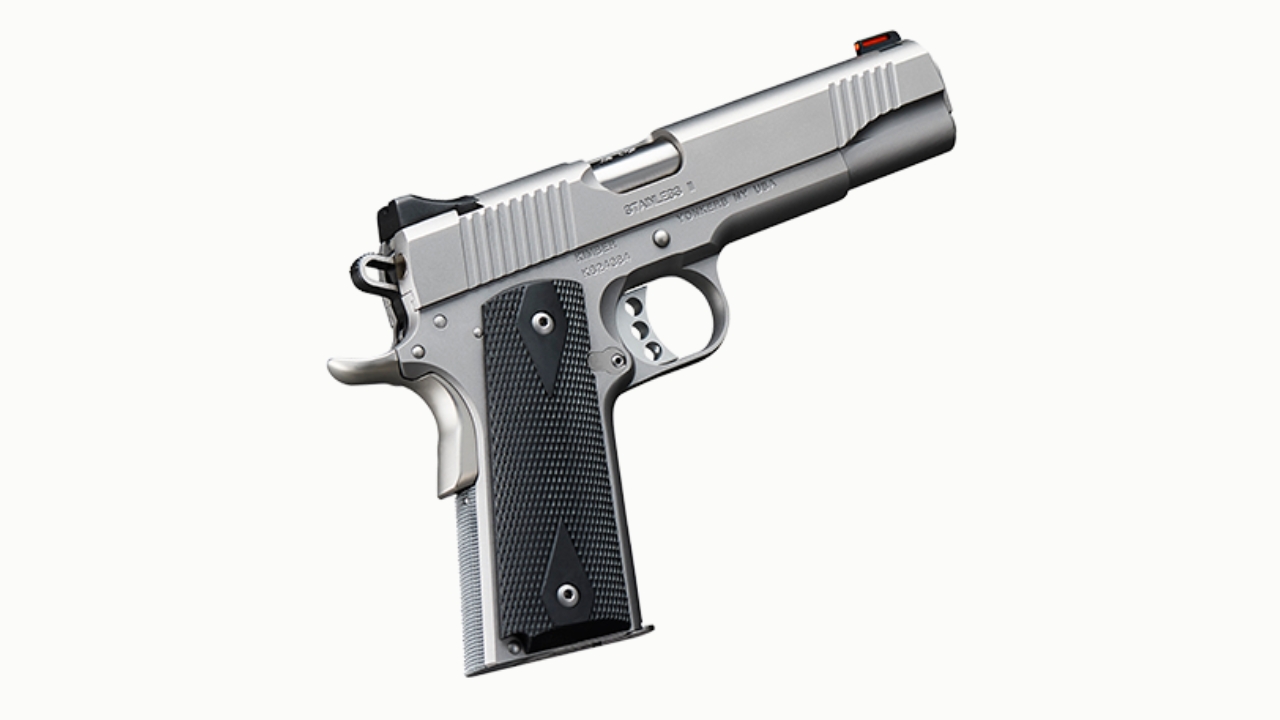
Kimber 1911s can be accurate and well-finished, but they’re known for being picky eaters. When fed cheap, underpowered loads or off-brand hollow points, malfunctions like failure-to-feed and stovepipes show up more often than they should.
The tight tolerances that make them accurate also leave less margin for error when the ammo isn’t consistent. Many shooters learn that bulk .45 ACP doesn’t cycle smoothly, leaving the pistol better suited to premium ammo if you want reliability.
Springfield XD-S
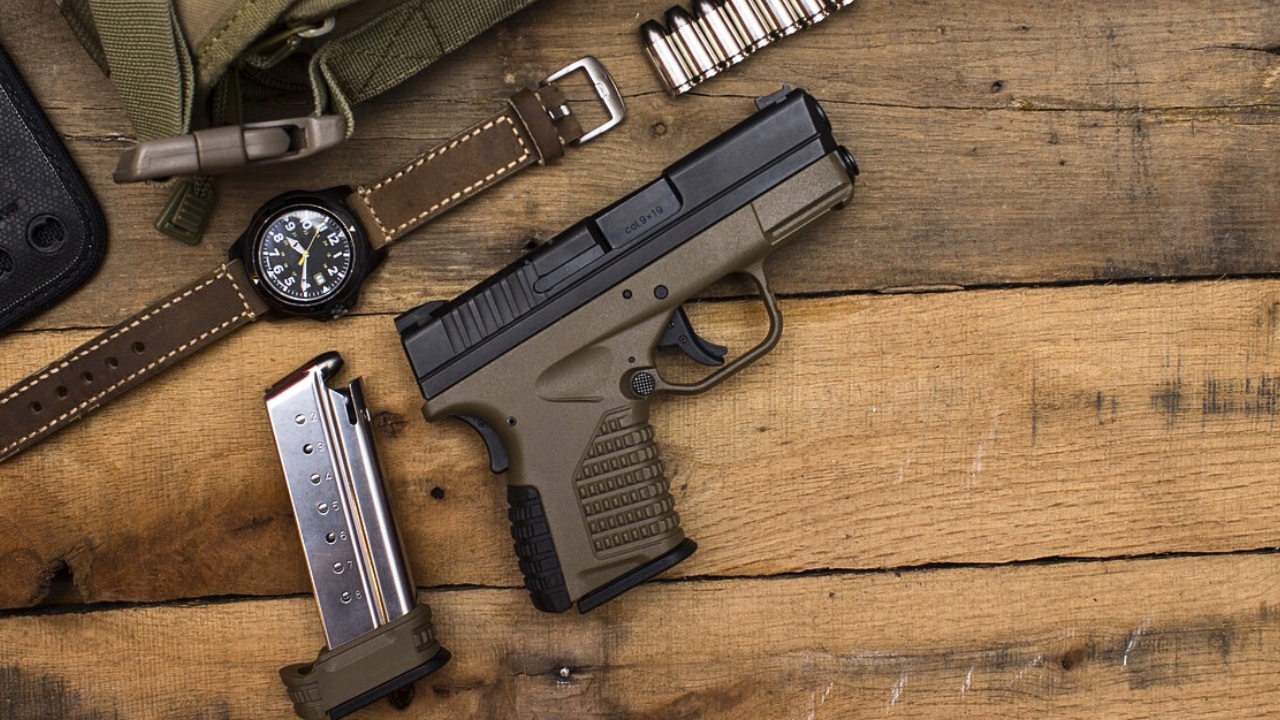
The XD-S, particularly in .45 ACP, is a slim, concealable pistol. But when paired with cheap steel-cased ammo or bargain reloads, it can stumble. Feed ramp geometry and recoil spring sensitivity make it more ammo-sensitive than you might like.
Plenty of shooters find it reliable with defensive loads, but on the range with bulk ammo, failures to eject or chamber a round aren’t unusual. It’s a pistol that rewards feeding it higher-quality ammunition if you want consistent practice sessions.
Taurus PT92
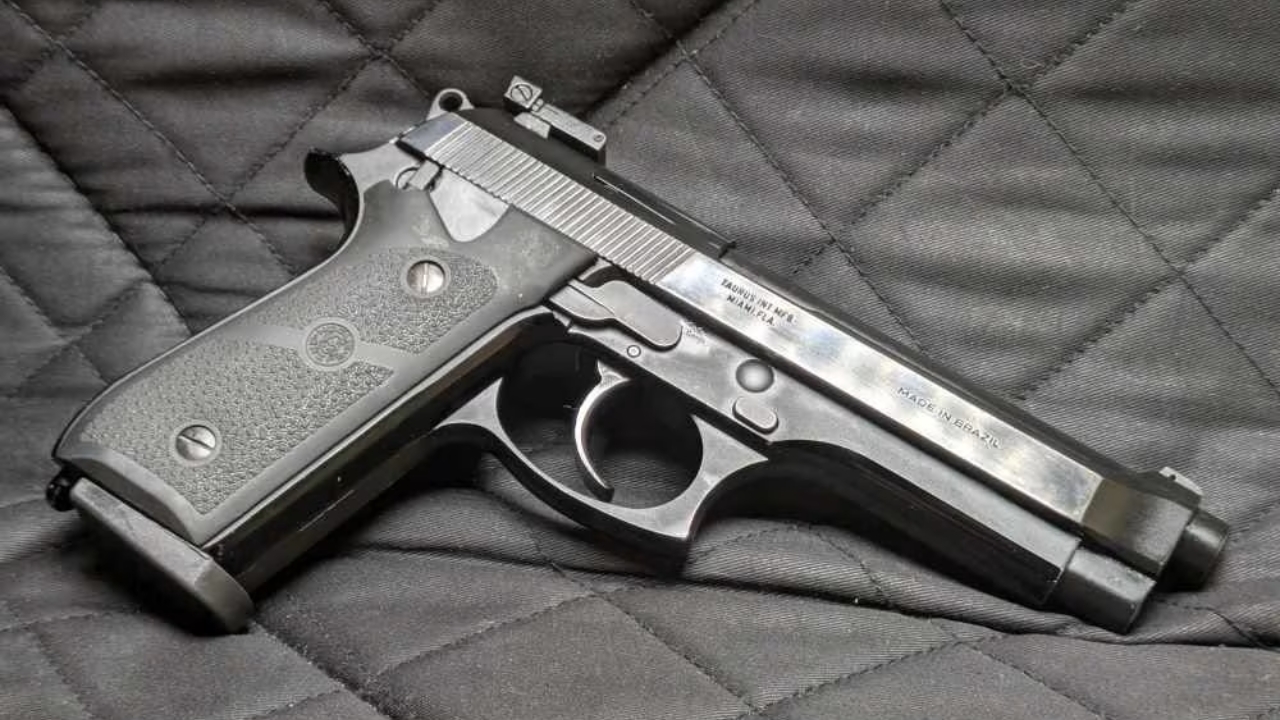
Modeled after the Beretta 92, the Taurus PT92 is affordable and generally serviceable. Still, its looser quality control means reliability drops when shooting cheap steel-cased 9mm. Extraction and ejection can suffer, especially after a few hundred rounds.
With good brass ammo, the PT92 runs fine, but if your budget forces you toward low-end imports, don’t be surprised if you see more stoppages. The design can handle volume, but ammo sensitivity makes it less forgiving than its Italian inspiration.
SIG Sauer Mosquito
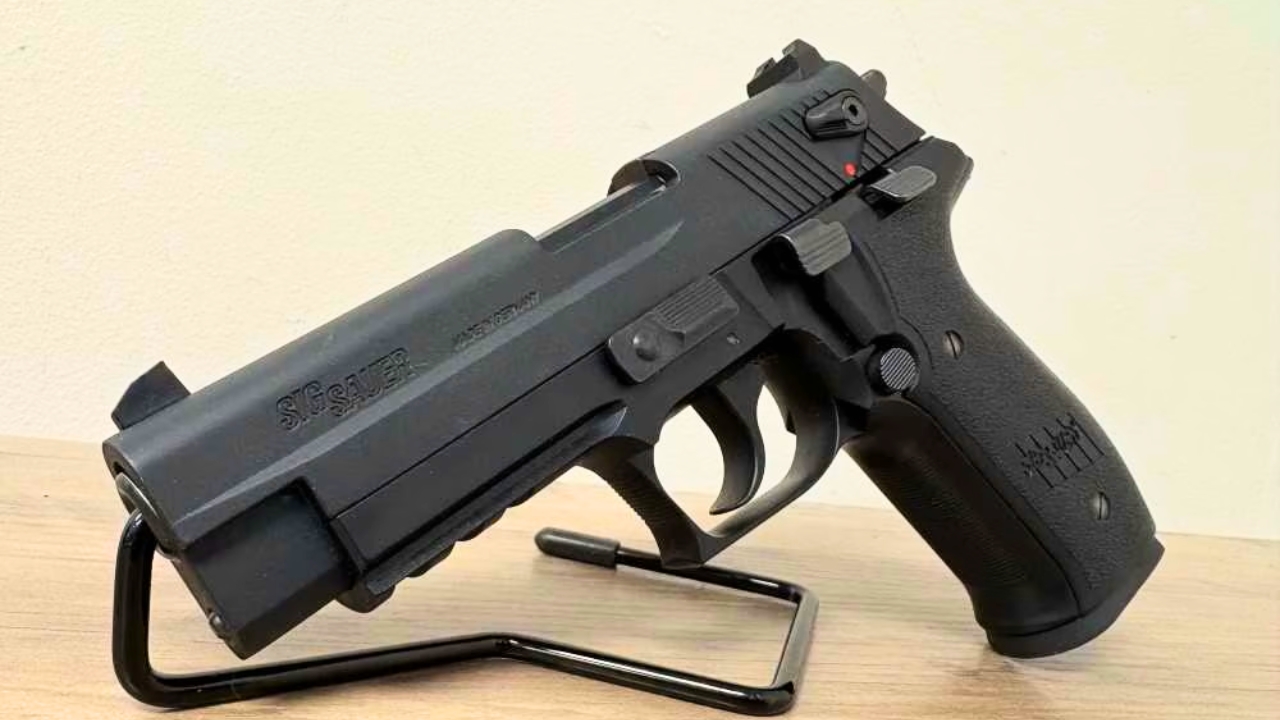
The Mosquito is a .22 LR pistol that has frustrated plenty of owners. It’s infamous for needing high-velocity ammo to function properly, and cheap bulk rimfire almost guarantees failures to cycle.
For a pistol marketed toward affordable plinking, it turned into a headache for many shooters who wanted to run the cheapest ammo they could find. With CCI Mini-Mags or similar loads, it runs better, but feed it bargain rimfire and malfunctions become the norm.
Walther P22
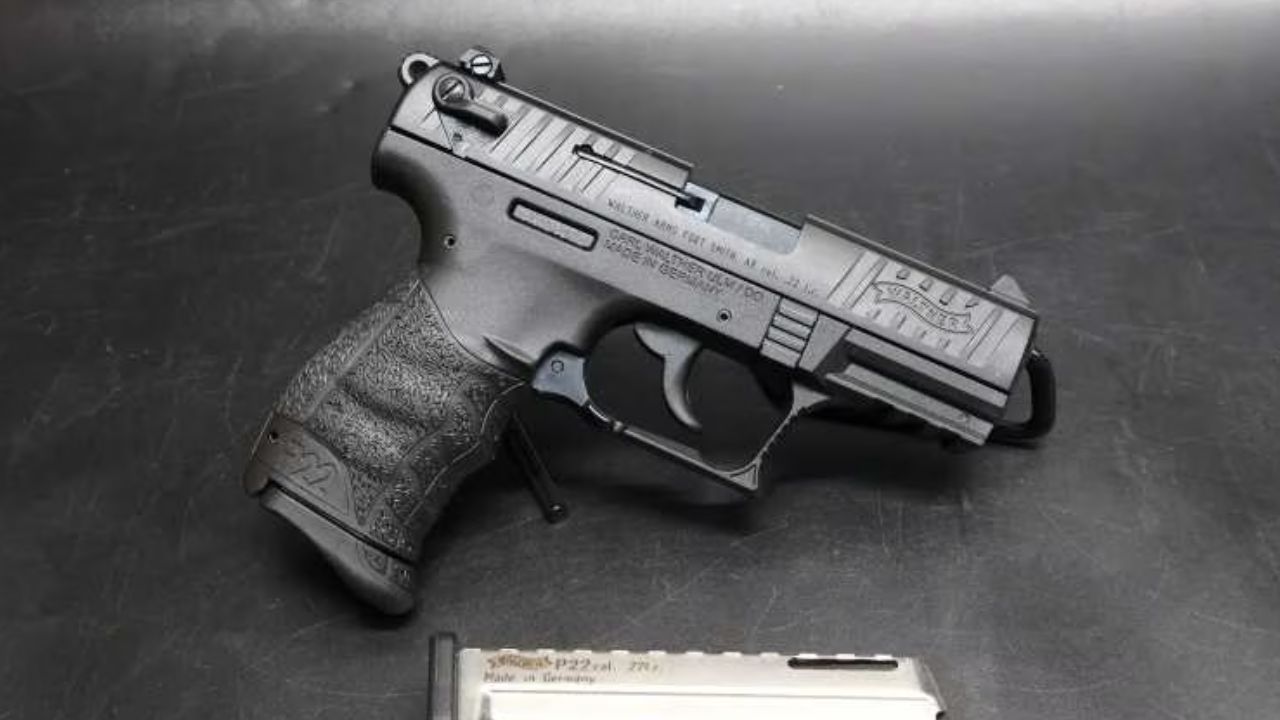
Another .22 LR pistol with a reputation for being finicky is the Walther P22. Lightweight and handy, it’s fun to shoot, but it hates inconsistent rimfire. Bulk-pack ammo tends to cause stovepipes and failures to extract, especially as the gun fouls.
When cleaned and paired with premium .22, it performs far better. But since most people buy it for cheap practice, its picky nature becomes a disappointment. It’s one of those pistols where your ammo choice makes or breaks the experience.
Desert Eagle in .50 AE
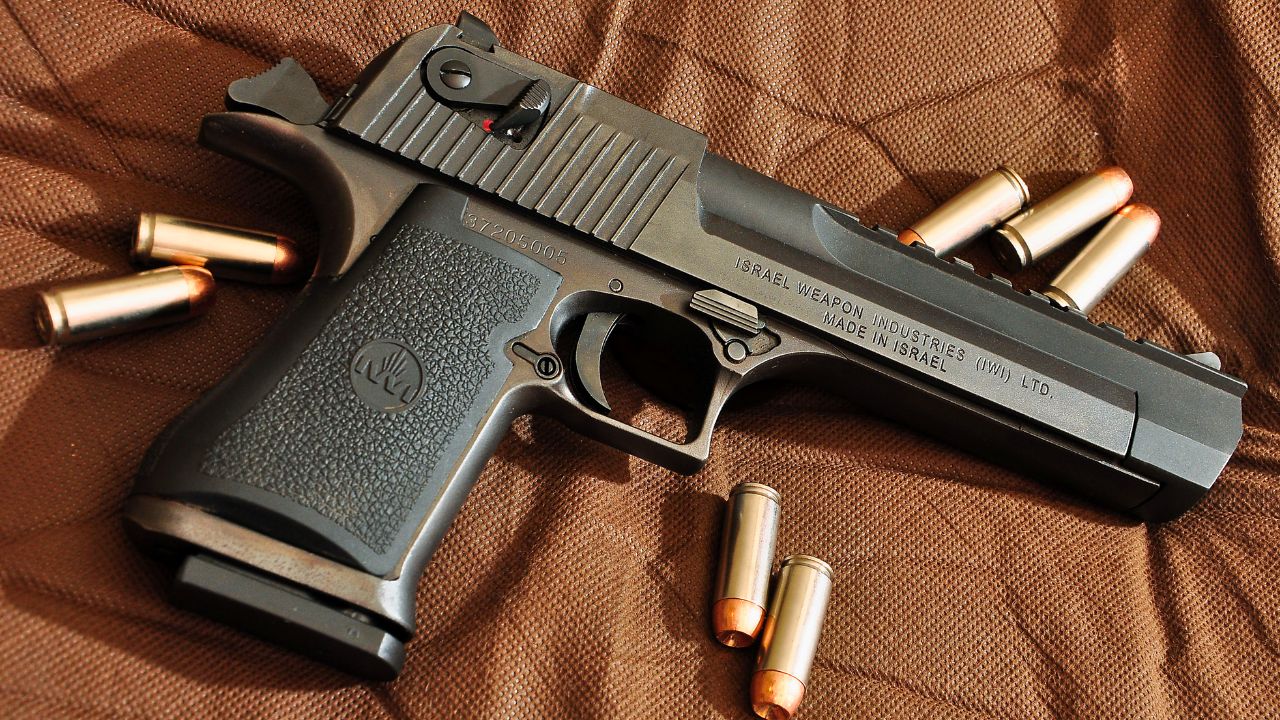
The Desert Eagle is an iconic, powerful pistol, but it’s notoriously sensitive to ammo quality. This gas-operated handgun requires strong loads to cycle, and bargain ammunition often doesn’t deliver enough pressure.
When you try to save money by running cheap rounds, malfunctions like short-stroking or failure to chamber aren’t unusual. It’s a gun that works best when fed the expensive ammo it was designed around—making it a poor match for anyone hoping to cut costs at the range.
Hi-Point C9
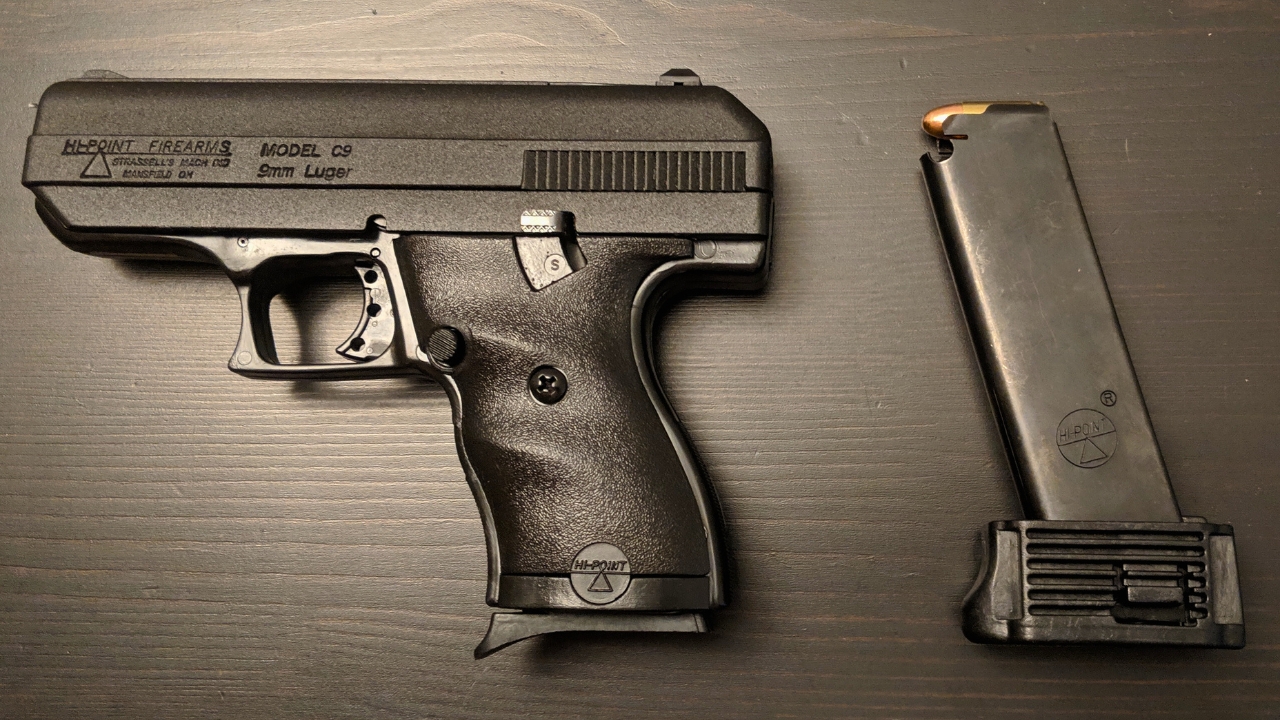
The Hi-Point C9 is famous for being affordable and surprisingly tough, but reliability drops with cheap ammo. Steel-cased and aluminum rounds often cause feeding issues, and weaker loads struggle to cycle the heavy slide design.
Shooters on a budget sometimes think they’re saving money with both the gun and the ammo, but that combination often leads to stoppages. With brass-cased, standard-pressure 9mm, the C9 works reasonably well. Swap to bargain imports, and the frustration begins.
CZ 52
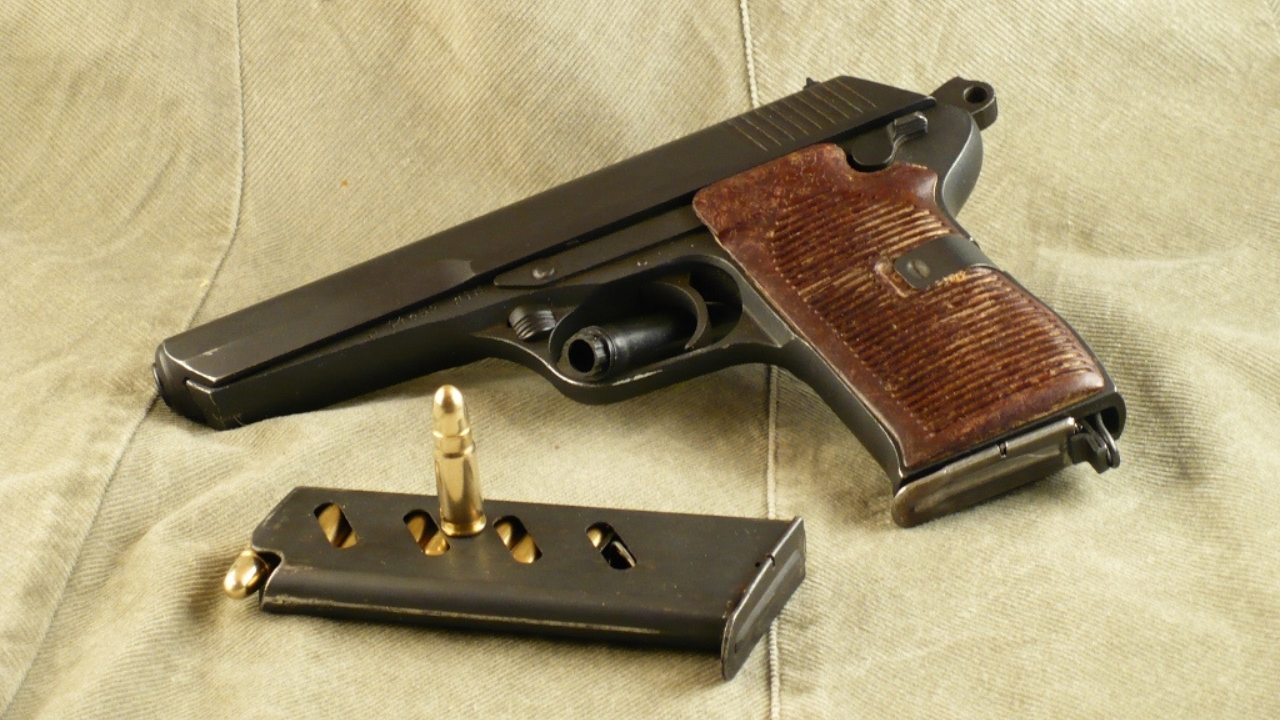
The CZ 52 fires the 7.62x25mm Tokarev, a hot cartridge with surplus still floating around. But not all surplus is equal, and cheap or inconsistent batches can wreak havoc on the pistol’s roller-locking system.
Failures to ignite, case ruptures, and cycling issues aren’t uncommon with poor-quality ammo. When fed good surplus or modern production, the CZ 52 is reliable, but bargain basement cartridges tend to expose its weaknesses fast.
Beretta Tomcat
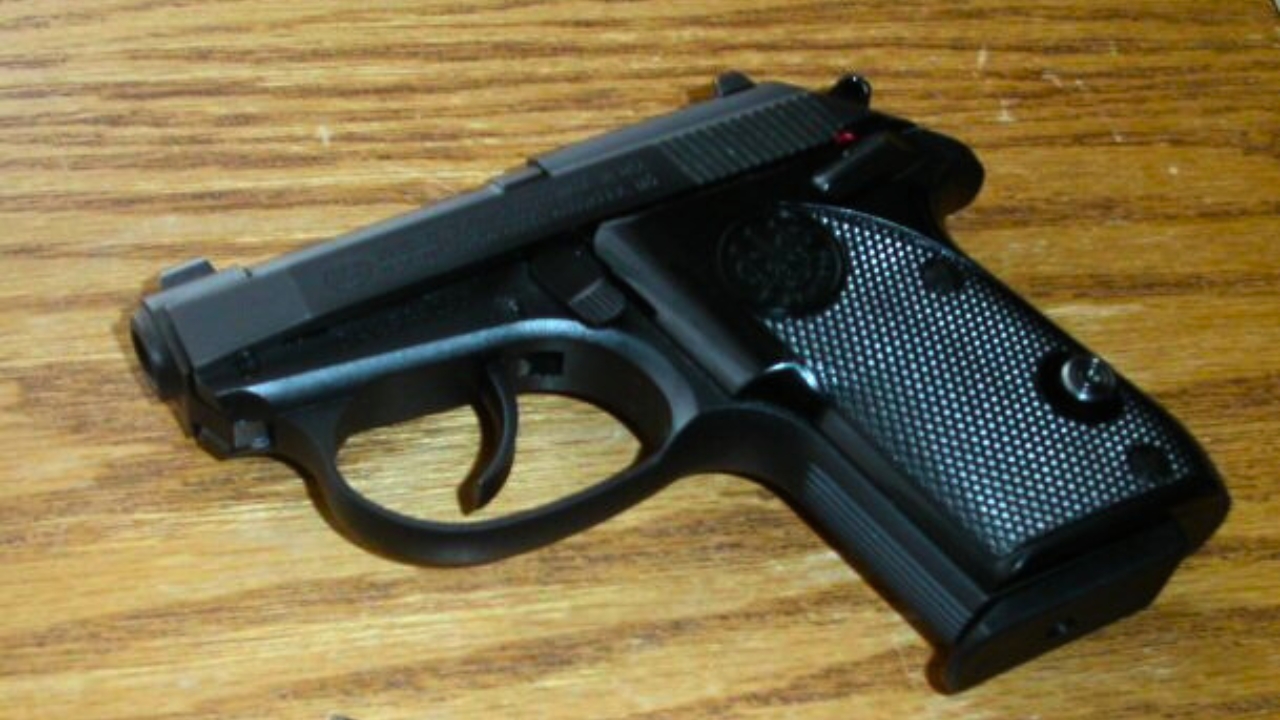
The Tomcat in .32 ACP is compact and easy to carry, but it’s not forgiving of low-quality ammo. Weak or inconsistent loads often fail to cycle its blowback action.
For those who want it for range use with cheap ammo, reliability issues show up quickly. When paired with quality defensive rounds, it’s serviceable, but many owners have found bulk practice ammo leads to stoppages far more often than they’d like.
KelTec P3AT
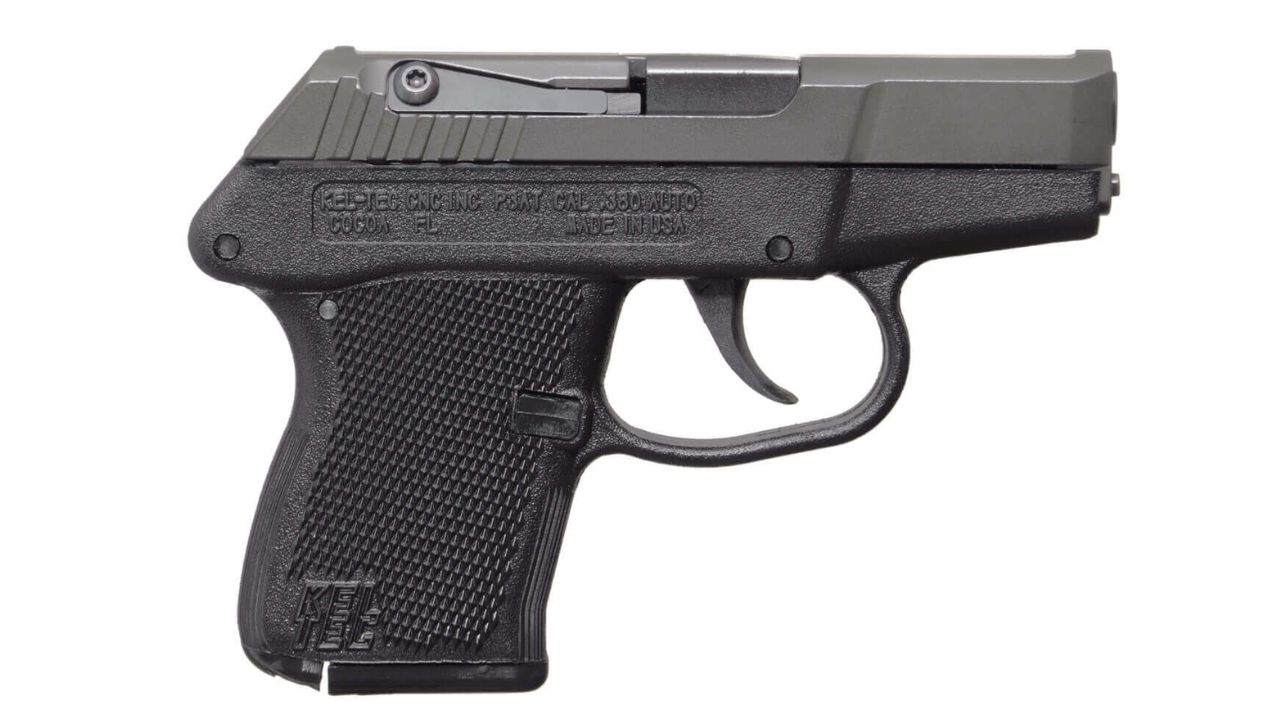
The KelTec P3AT is small, light, and chambered in .380 ACP, but it has a narrow operating margin. Cheap ammo—especially steel-cased or weak .380—often fails to cycle properly.
Because the pistol is designed so compactly, anything less than consistent ammo performance creates jams. Owners who keep it fed with good defensive loads usually fare fine, but bulk practice ammo has a way of turning this pocket pistol into a problem.
*This article was developed with AI-powered tools and has been carefully reviewed by our editors.






